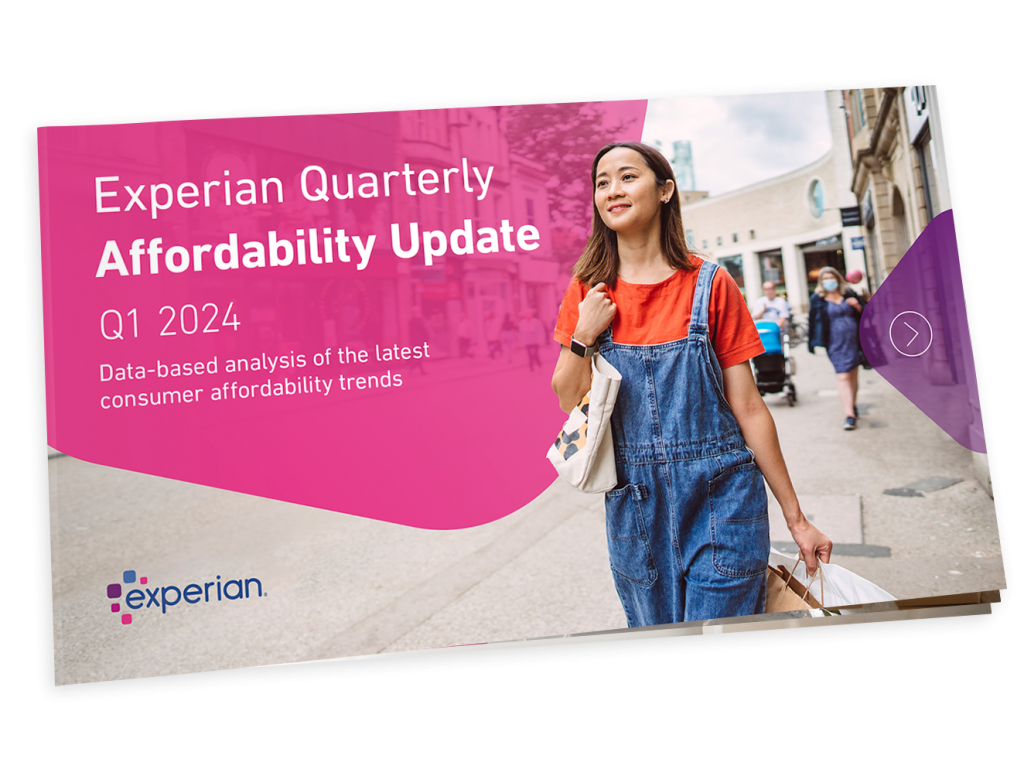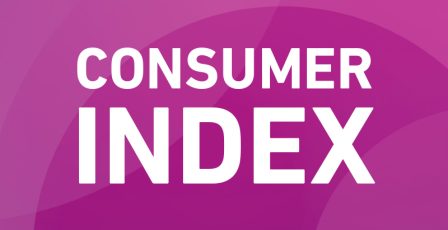The first quarter of 2024 provides welcome reassurance for lenders
The unsecured market – credit cards and Buy Now Pay Later (BNPL) – clearly show that consumer confidence has returned with a record number of new credit card openings. This is not just a signifier of consumer confidence; it also reflects a shifting purchasing behaviour in favour of credit.
Key findings

Cost-of-living increases are being offset by falling household fuel prices and increasing personal incomes
Households across the country have seen contracted payments rise.
Households are highly resilient to current mortgage increases
The past year has seen a dramatic rise in mortgage rates for many households in the UK.
An increased appetite for unsecured credit reflects an evolution of buying behaviours
New record highs for unsecured credit.
A sneak peek into...
Experian Affordability Update - Q1 2024
Cost-of-living increases are being offset by falling household fuel prices and increasing personal incomes
Households across the country have seen contracted payments rise.
However, these increases are offset to some extent by household fuel payments which have fallen 18% compared to the same time last year. Even though a slight rise is predicted later in the year, energy payments remain less of a cause for concern than in previous updates. Meanwhile, Current Account Turnover (CATO) income has increased over the year.
Contracted payments continue to climb
This quarter household contracted payments (loan repayments plus any minimum credit card payments) continued to rise with a 5% year-on-year increase.
All household composition types have experienced a similar increase. The most significant proportional increase over the year has been felt by single person households (9%). In purely financial terms, the same households are still paying less than other household compositions, such as ‘Singles with older adults’ who have experienced a 3% rise.

Did you enjoy the read?
Download the full update
Read our paper to find out the key consumer affordability trends in detail, deep insights on specific customer segments, and understand the areas of the UK that are particularly affected by the trends.










